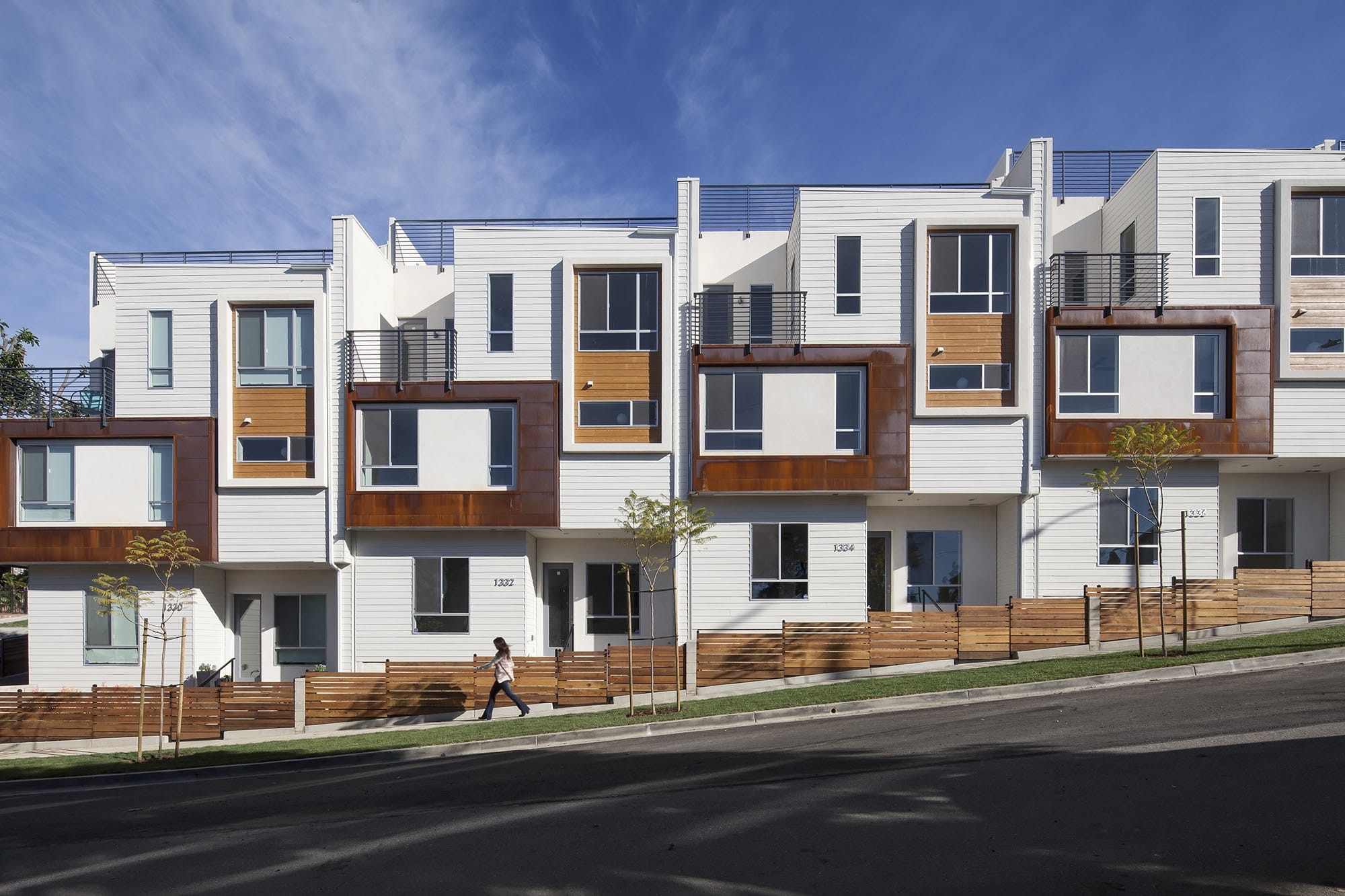Media coverage recently has detailed the growing housing affordability shortage in the United States, discussing how local zoning remains a barrier to greater access to housing. Communities can work to address this shortage by updating ordinances that promote single-family detached and large multifamily buildings, with few options between.
What is needed is both more housing and more kinds of it. Diversifying housing types gives home buyers and renters more ways to meet their increasingly diverse income, household and generational needs.
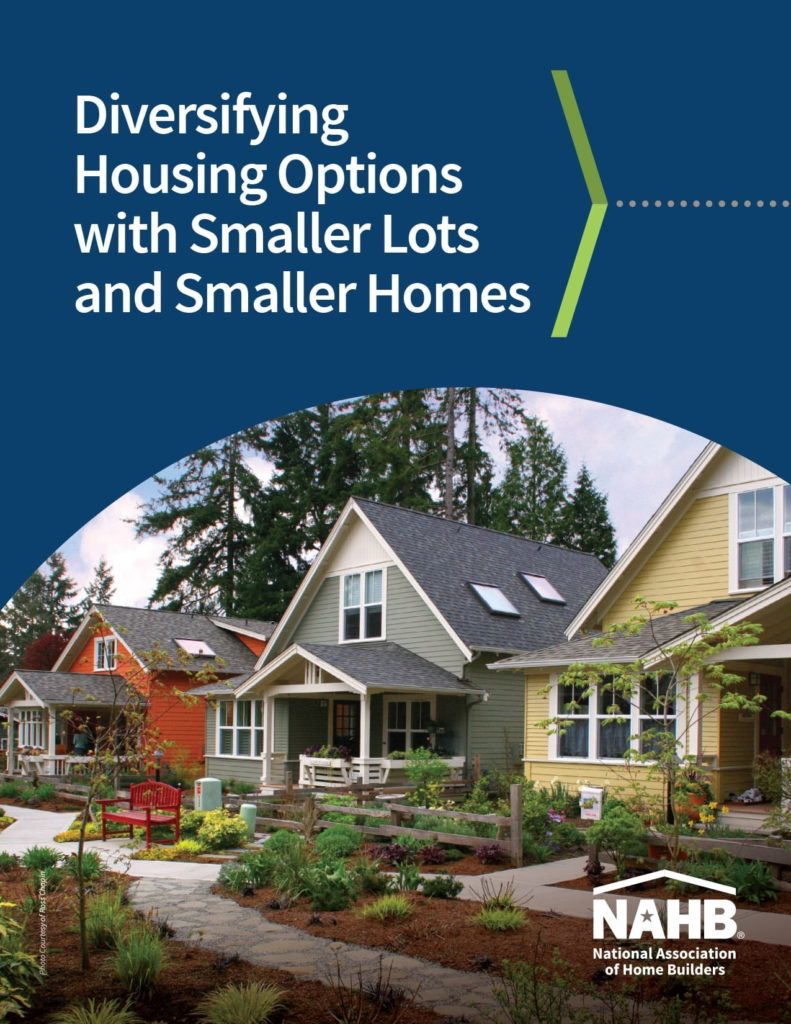
State and local governments are beginning to see the value in providing greater housing diversity. Oregon, as well as Minneapolis, have recently made policy initiatives to allow multifamily units on land previously only available for single-family homes in this effort. These ordinance revisions have been misinterpreted as “bans” on single-family zoning. In reality, they provide a unique opportunity for communities attempting to provide a variety of affordable housing options (see Why a “Ban” on Single-Family Zoning Could be a Good Thing).
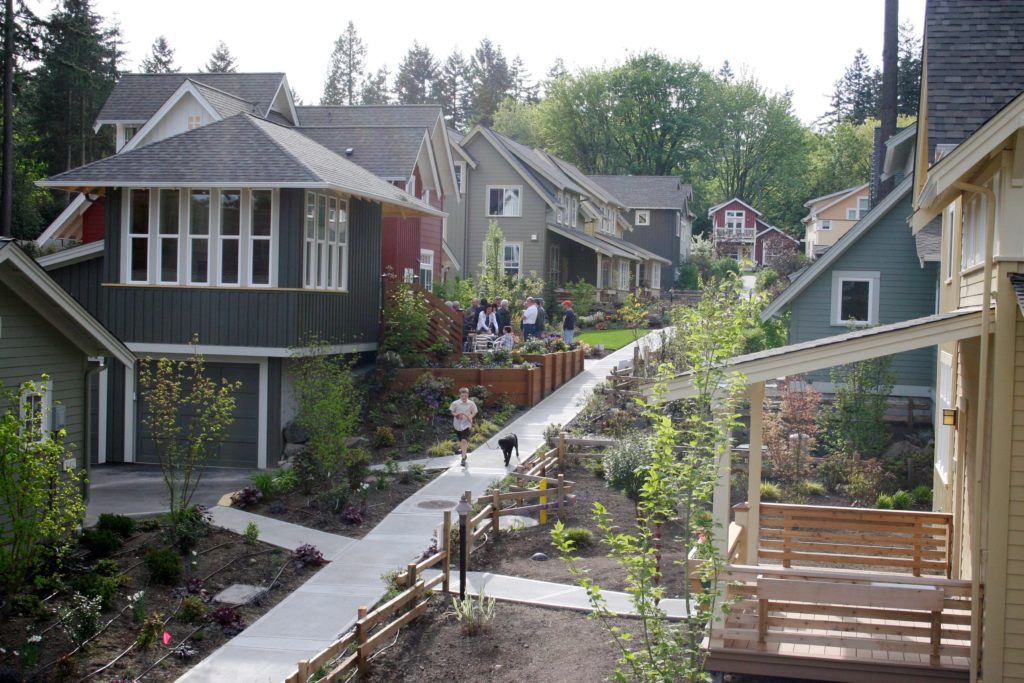
NAHB’s new report, “Diversifying Housing Options with Smaller Lots and Smaller Homes,” explores the issues involved in generating a greater mix of housing types, such as smaller homes, duplexes, townhouses, small-scale multifamily and accessory dwelling units (ADUs). The report also provides best practices on regulatory and design options and barriers.
Opticos Design Inc. evaluated more than 100 codes and ordinances from a variety of communities and cities across four categories: ADU ordinances, small lot ordinances, cottage court ordinances and form-based codes (infill and greenfield). The report identifies 18 ordinances and codes from across the United States that enable the construction of more varied housing types and smaller, more affordable homes.
The report particularly offers value to those in the home building industry who specialize in relatively small builds or development, in terms of both concepts and design elements. The following projects, taken from the 11 examples detailed in the report, provide a glimpse into how innovative ordinances can lead to successful and affordable housing.
Small Lot Ordinances
GASPAR Townhomes, Los Angeles, California
Ten side-by-side townhomes in the hills of Echo Park occupy only 0.34 acres of space. This was achieved by building upward (three stories per unit) and maximizing a small lot ordinance. Each unit is detached, but only at a distance of six inches. Each unit sold within one month of opening, which is reflective of the success to create individual housing units in a contemporary, urban context.
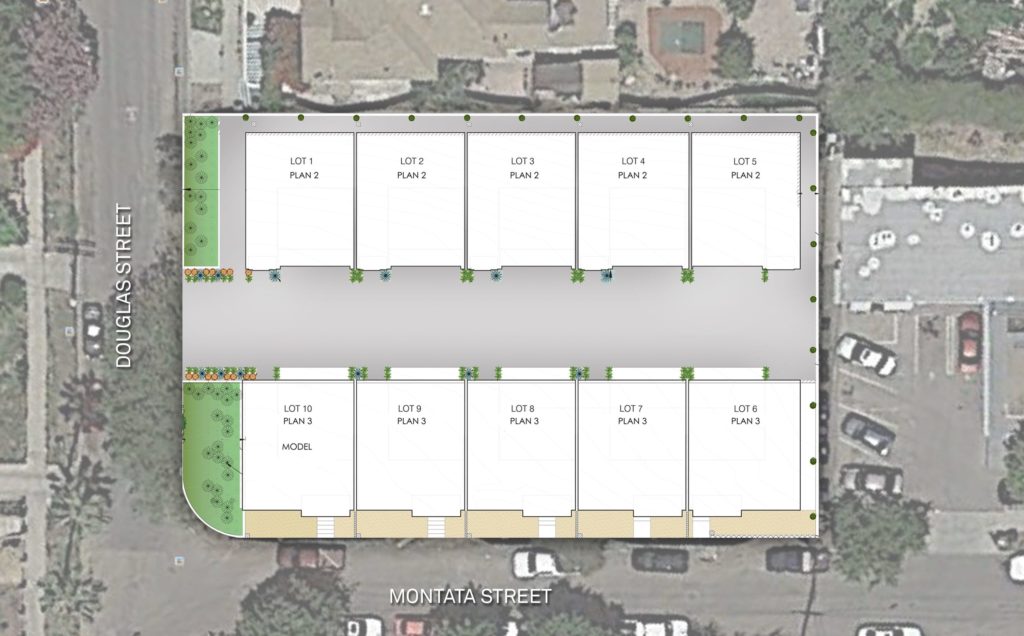
GASPAR Townhomes Siteplan Courtesy of Alan Scales
GASPAR Townhomes Photo by Chang Kyun Kim
Danielson Grove, Kirkland, Washington
Danielson Grove is a model of how innovative codes can create smaller, community-oriented homes within a single-family neighborhood. The project consists of 16 detached homes that range from 700 to 1,500 sf. Built around a shared courtyard, the development was designed to encourage interaction between residents.

Danielson Grove Siteplan Courtesy of Ross Chapin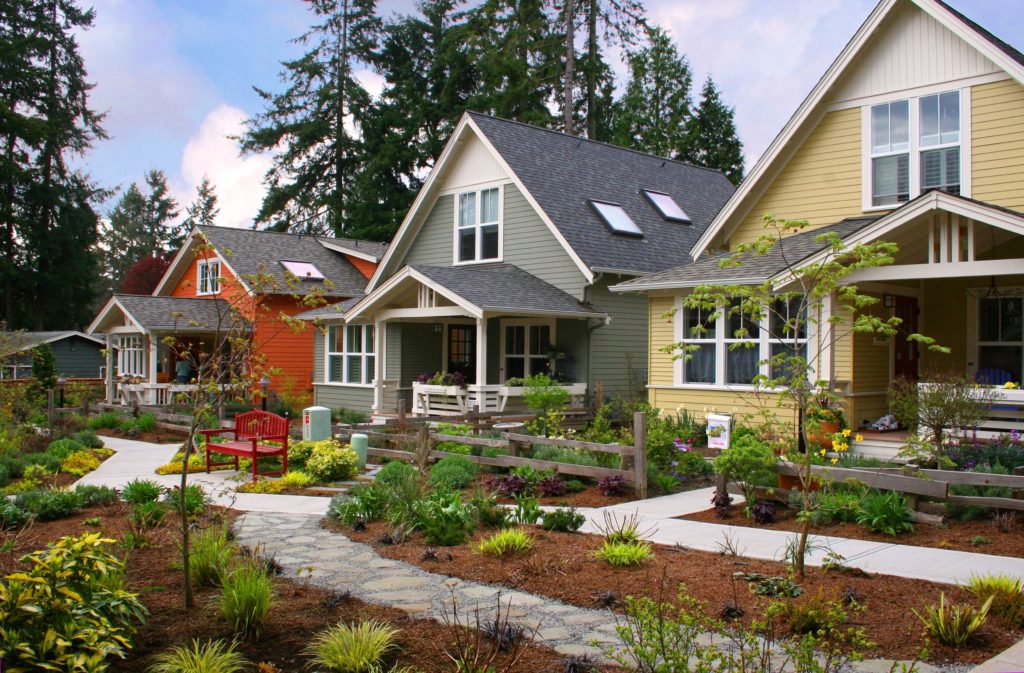
Danielson Grove Courtesy of Ross Chapin
The city of Kirkland had released an RFP incentivizing developments by increasing the allowable density for homes under 1,500 sf, offering site development flexibility and providing an accelerated land use timeline. The new code achieved a density of 7.7 dwellings per acre, compared to the previous maximum of 4.8 dwellings per acre.
Cottage Court Ordinance
Conover Commons, Redmond, Washington
Conover Court was the first project to take advantage of the City of Redmond’s Innovative Housing Demonstration Project ordinance, allowing double the density previously available and accelerated processing. The pocket neighborhood has two clusters of single-family cottages and houses; one cluster has 12 1,000-sf cottages, while the other has 13 homes ranging from 1,200 to 2,400 sf. Professionals, empty nesters, single women and single-parent families make up the diverse community.
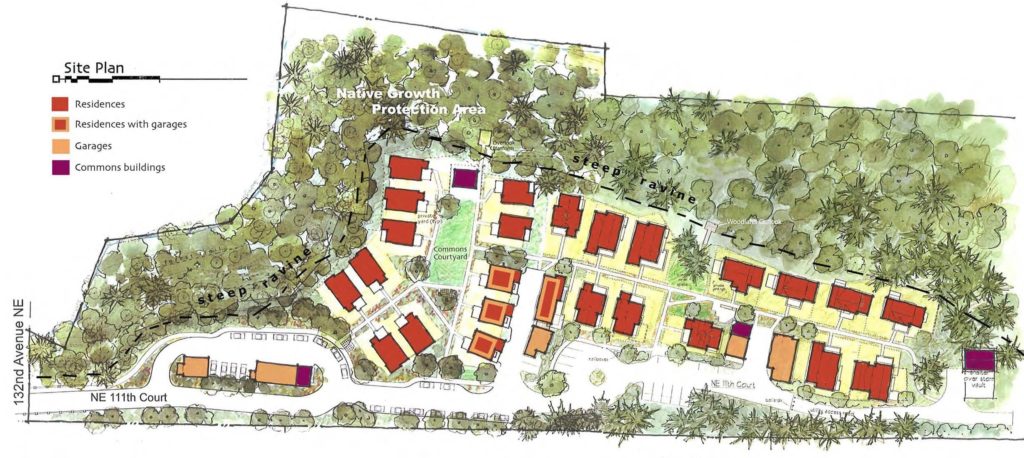
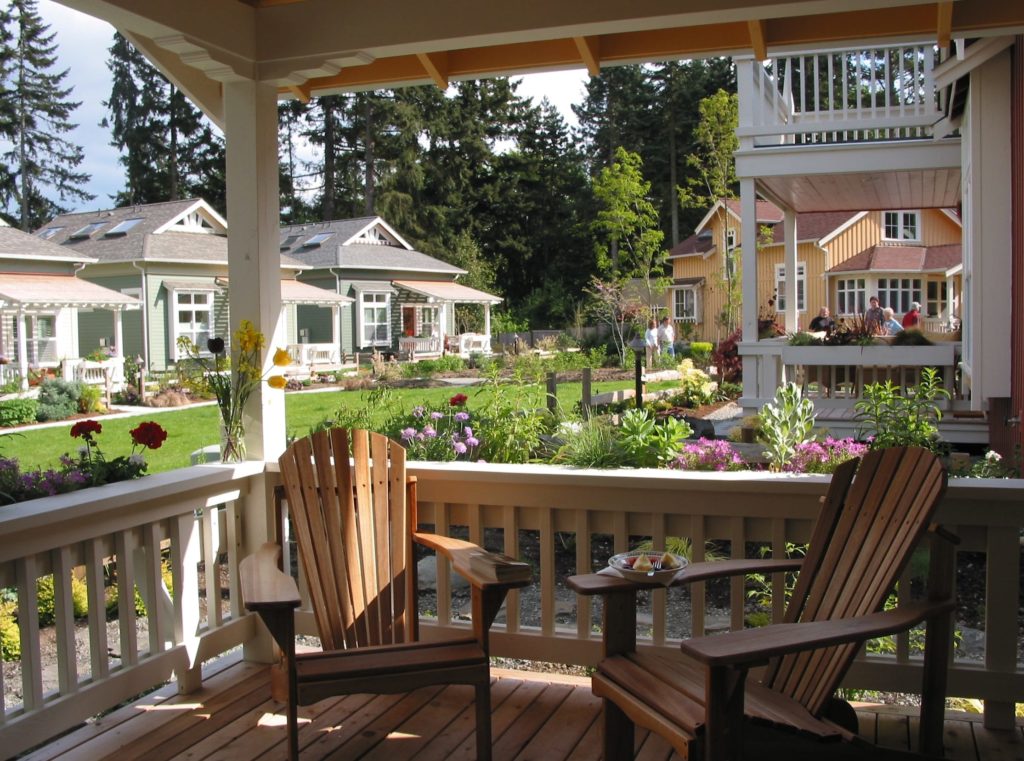
Minimum Lot Size Zoning Code
Denver, Colorado, Amendment to Minimum Lot Size in Single-Family Zones
Denver saw an opportunity to address an outdated zoning ordinance from the 1950s, which created unaffordable housing and large, ill-fitting lots. In 2010, the city updated its zoning code to reduce minimum lot size of some residential areas to 3,000 sf for single family, or 4,500 sf for multifamily.
Along with smaller lots, the new zoning code allows smaller homes, including ADUs; small houses and duplexes; and multifamily buildings with a streamlined development process. Notably, the code does not require off-street parking for single-family homes; this gives an owner or builder further ability to reduce housing size and construction costs.
All the case studies in the report illustrate the overarching theme that a greater variety of housing, particularly with smaller lots and home options, contribute toward greater affordability and choice for a diversifying population. To explore more state and local housing affordability solutions, visit NAHB’s Housing for All site, which highlights many strategies and built projects from across the country. Also, look to the Land Use 101 toolkit for the full research reports and more.
